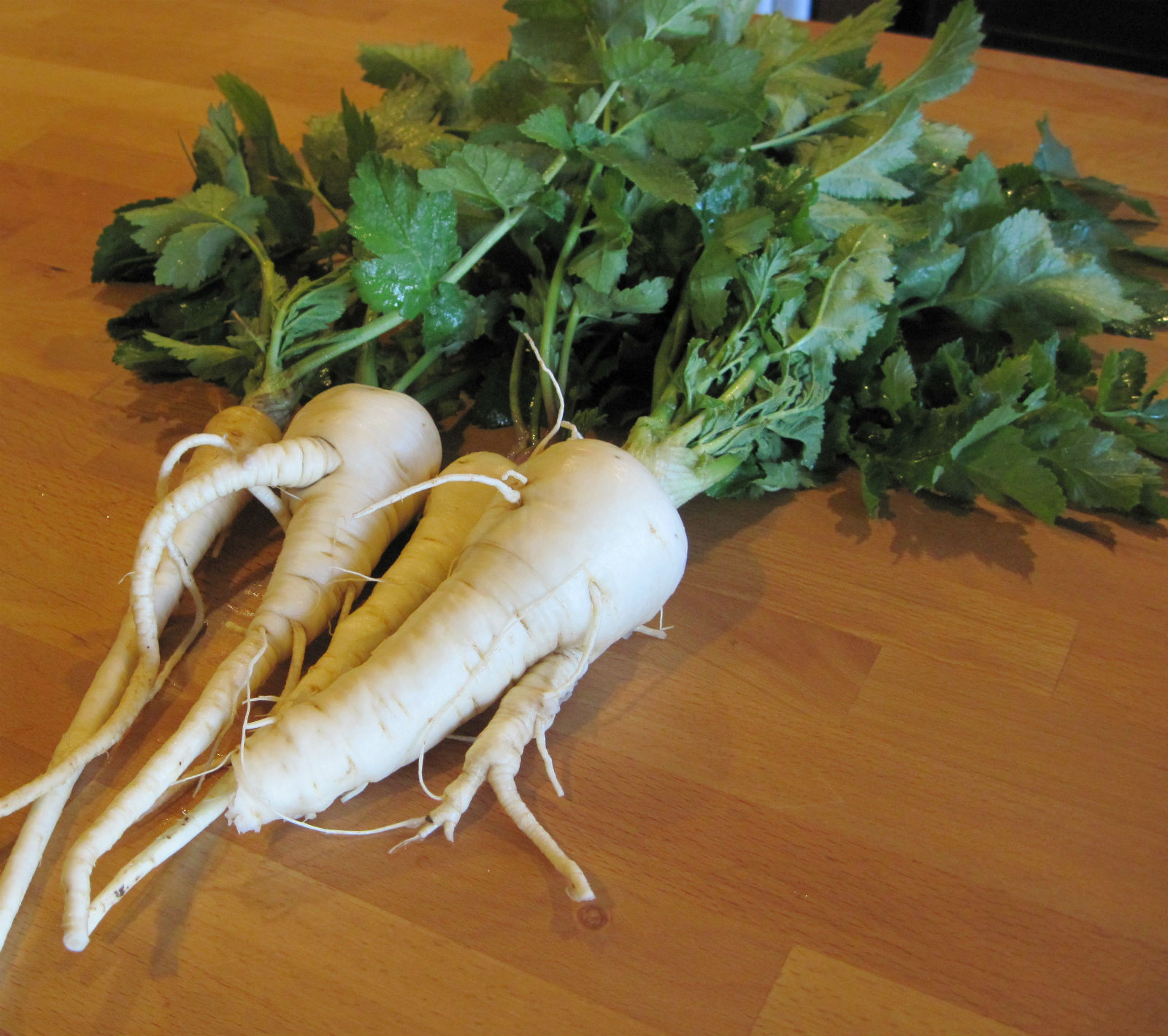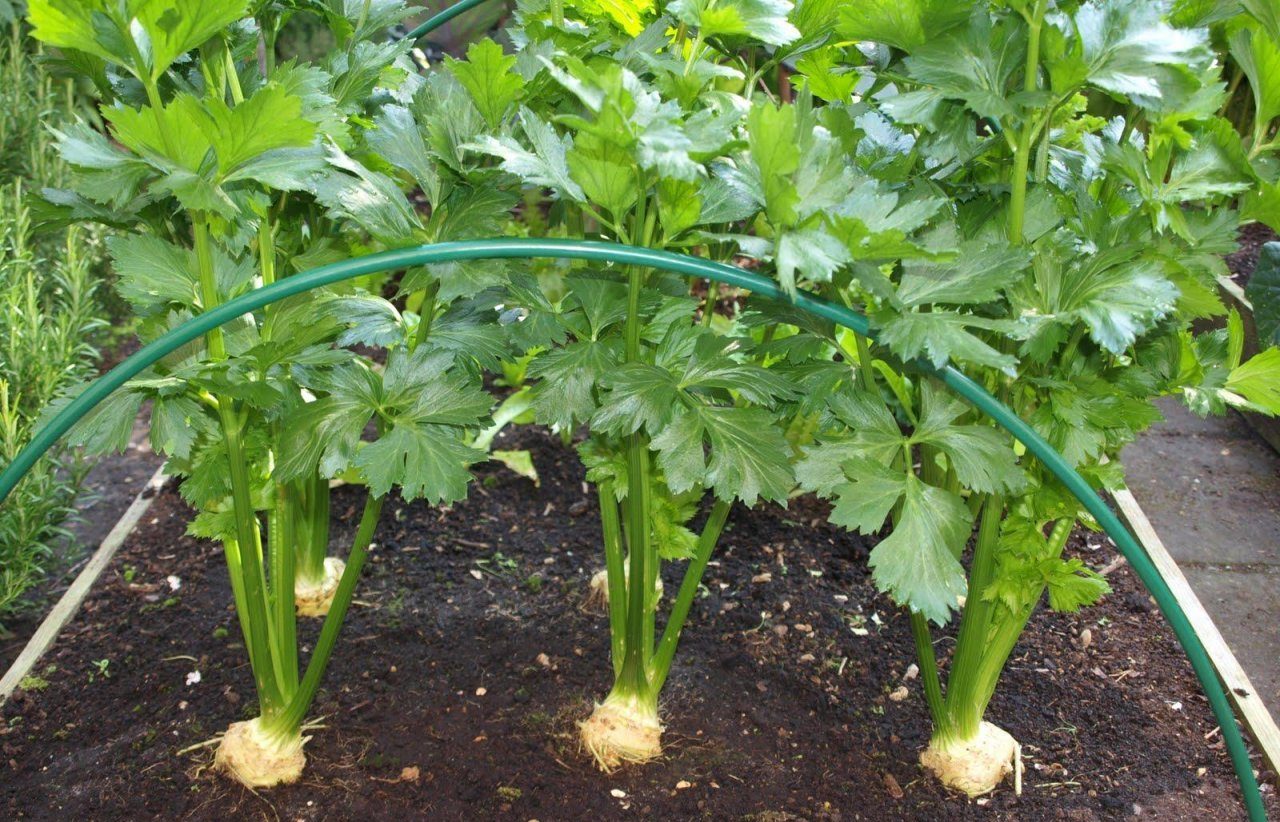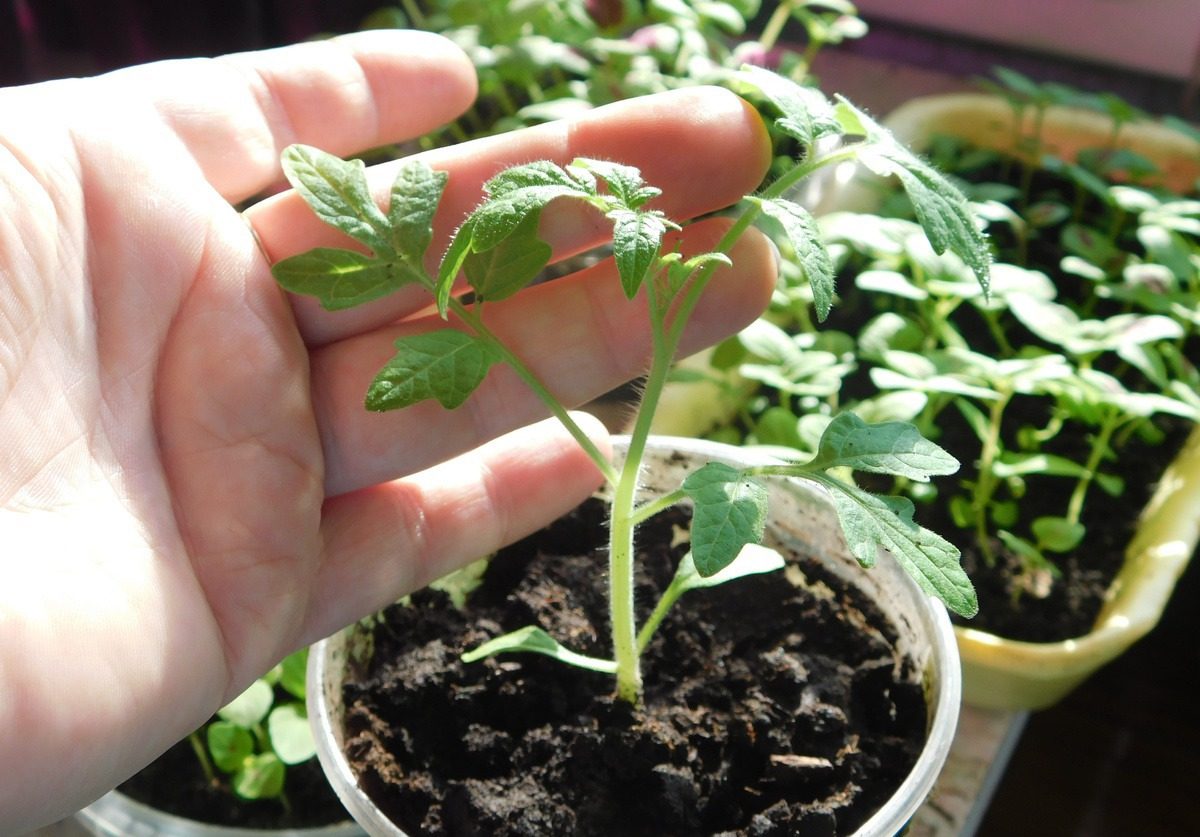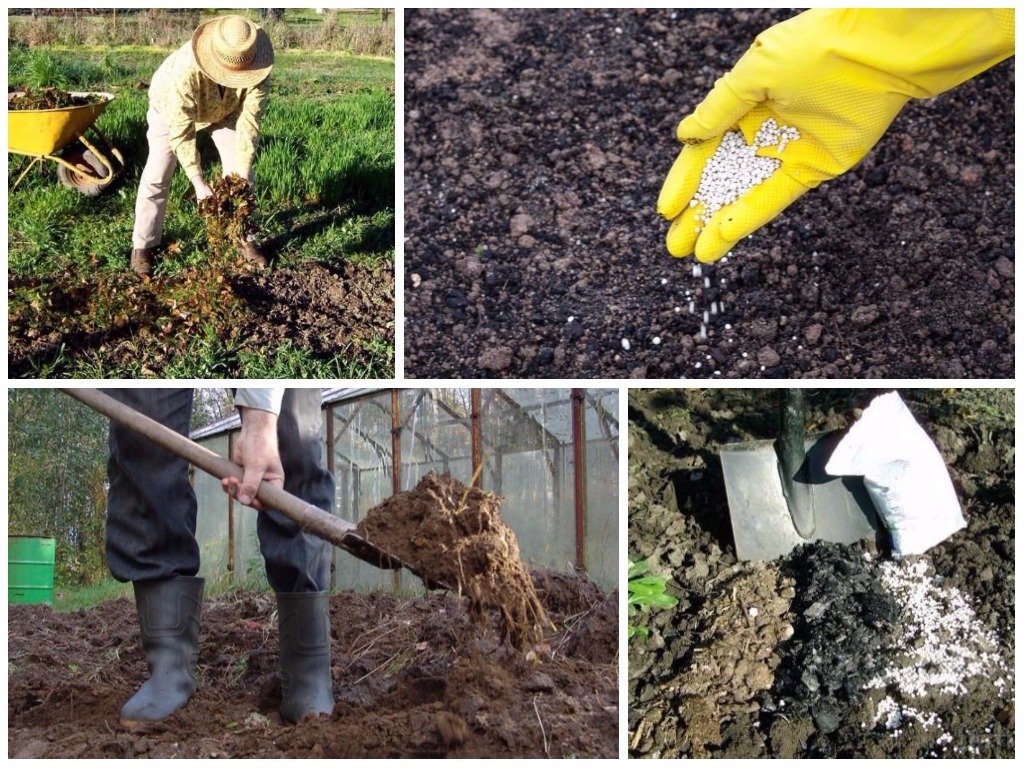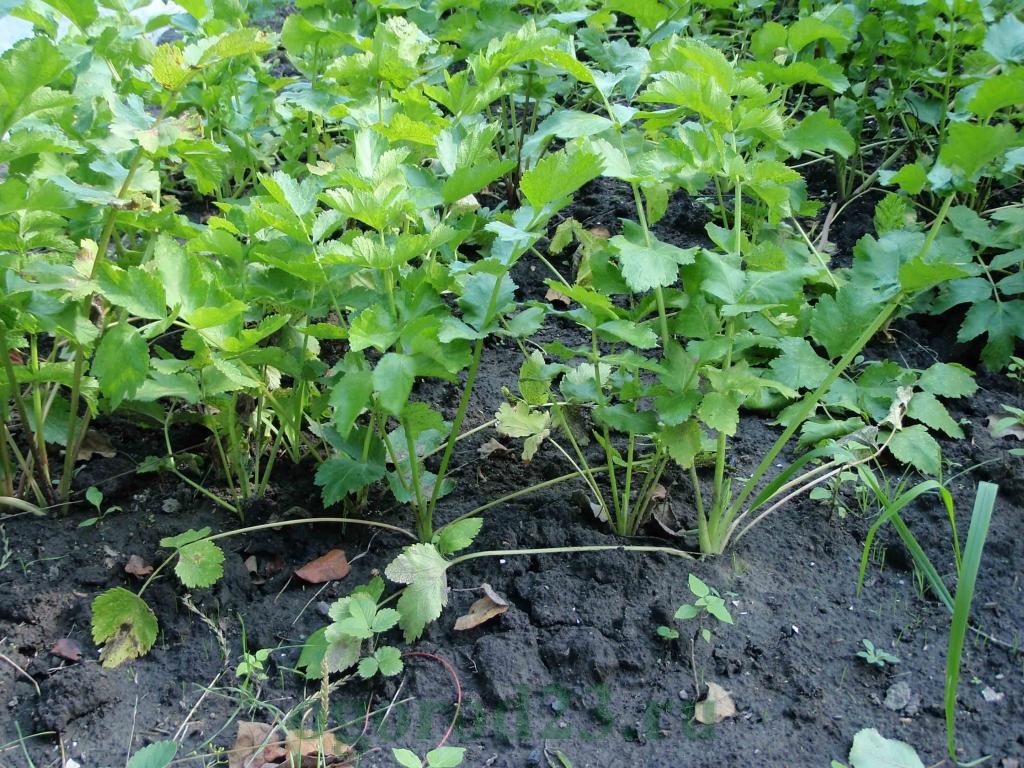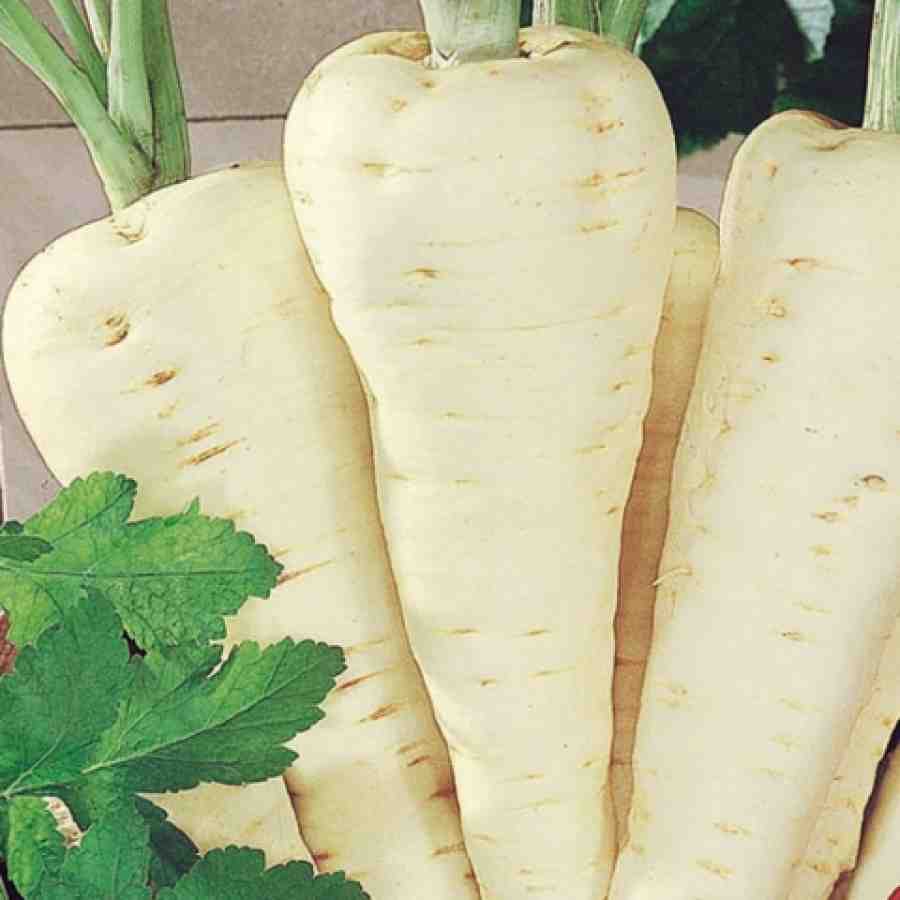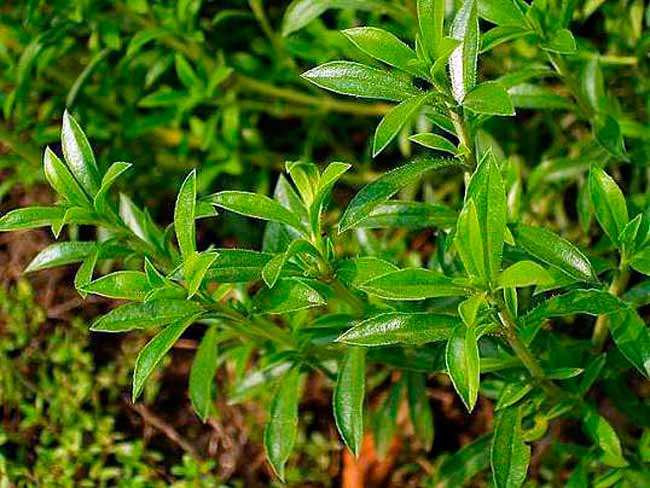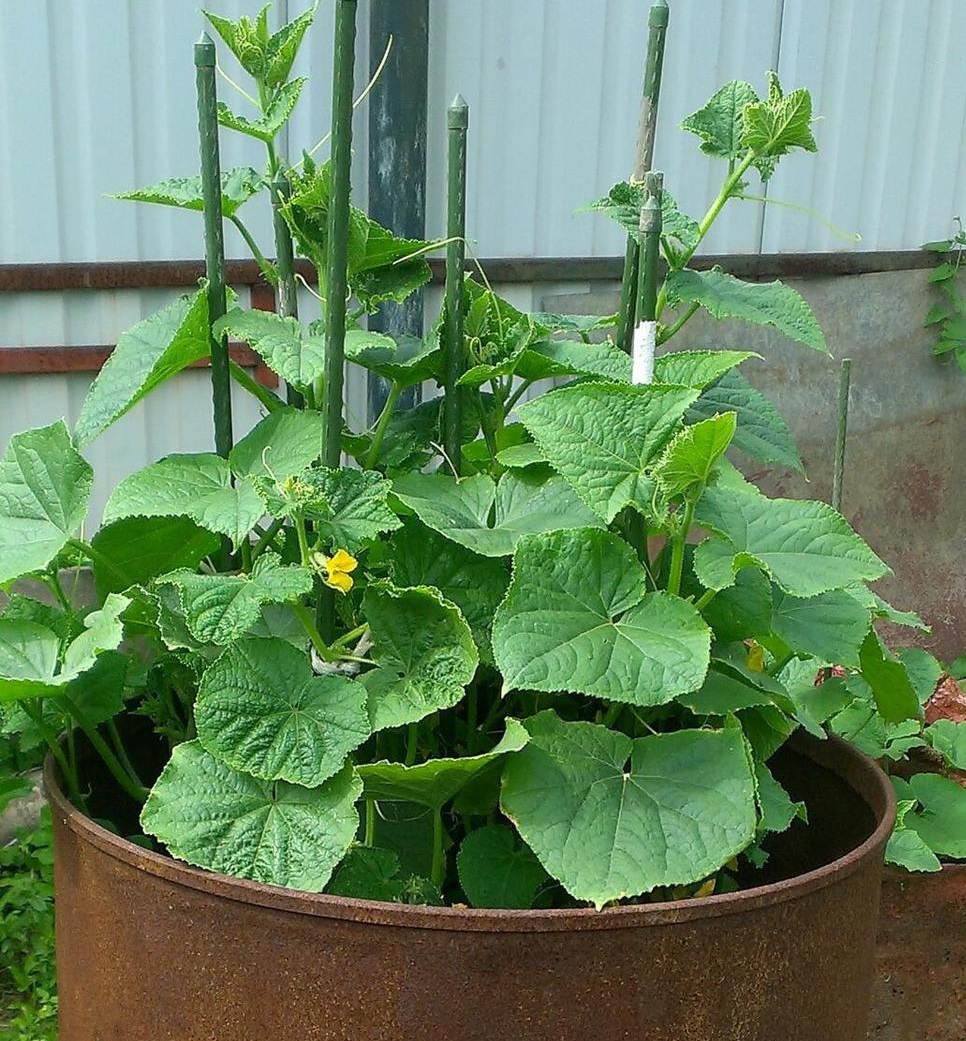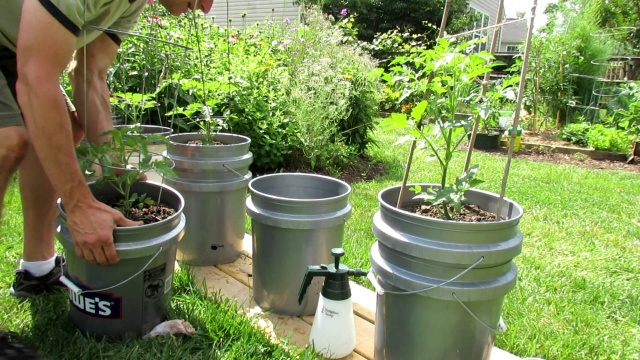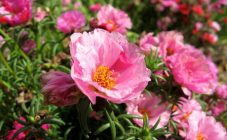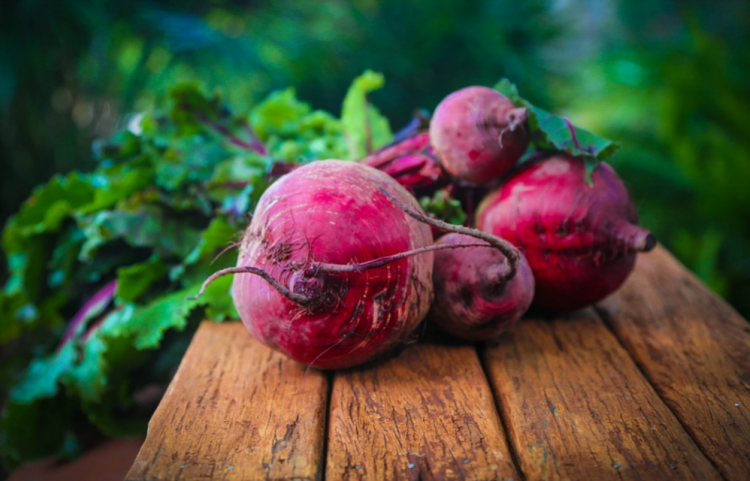Content:
Parsnips are a vegetable root vegetable that looks like carrots. Such a garden crop as parsnip is a vegetable whose cultivation is considered simple from an agrotechnical point of view. Using this spicy vegetable in dishes will give them a more piquant flavor, especially during the winter season.
Suitable for consumption after the classic types of culinary processing:
- fresh;
- fried;
- boiled.
Description of the root vegetable parsnip
The parsnip plant belongs to the Umbrella family. Crops biologically related to parsnips are parsley, dill and other green ones, the inflorescences of which are formed in the form of an umbrella.
Parsnips can be classified as both perennial and biennial plants. The appearance of the seedlings resembles freshly sprouted celery, however, the parsnip leaf is larger and more saturated in color, a lighter shade, which differ from each other, depending on the specific varieties.
Plant height is influenced by the following growing conditions:
- fertile land;
- quality of care;
- the location of the landings relative to each other;
- selected variety.
The nutritional value is represented by a root vegetable, the form of which can be:
- conical;
- rounded.
Root formation occurs during the first year of the growing season. With the onset of the next season, the flowering stalks and the appearance of seeds begin.
The parsnip, with its pleasant taste and spicy aroma, is used as a seasoning for various dishes, including:
- soups;
- second courses;
- independent dishes;
- meat;
- side dishes;
- vegetable marinades;
- canned preparations.
The root vegetable parsnip has a lot of medicinal properties:
- Improves appetite;
- Relieves colic pain;
- Eases coughing attacks;
- Has diuretic properties;
- Helps treat dropsy;
- Acts as a sedative;
- Promotes the regulation of metabolic processes;
- Helps with vascular spasms;
- It is used to erode kidney stones;
- Treats psoriasis;
- Prevents hair loss.
The chemical composition of parsnip includes the following organic compounds:
- complex of vitamins;
- minerals;
- useful acids.
Based on the above description, we can conclude that parsnip is a universal fruit and vegetable crop.
Growing parsnips
Sowing of planting material should be started when early spring comes. Sowing seeds on the ridge, which must be opened, is carried out by the end of the first April decade.
Seed material after planting parsnips with seeds in open ground at the end of autumn, after wintering in the soil, will rise by the time of spring warming.
To grow seedlings from seeds, including on the territory of the northern Russian regions, sowing the prepared material in suitable containers before growing parsnips from seeds should be started in the first days of the calendar spring.
When selecting varieties, the peculiarities of the personal plot are taken into account.
Preparing parsnip seedlings
Due to the rapid loss of germination, the shelf life of seed should not exceed one year. When sowing quality seeds, the appearance of the first shoots can be observed three weeks after the sowing work.
If the cultivation of seedlings is carried out indoors, each of the seedlings should be planted in a separate container, for which it is recommended to use pots made of peat material, which, when planting, are dug into the ridge along with the plant. The intact state of the roots does not undergo deformation.
Carrying out preparatory pre-sowing activities will help accelerate the germination process of seed. The properties of the soil, which should be light and fertile, also affect the state of the planting material.
Stages of the seedling preparation process:
- Fill each planting tank with a universal soil having a neutral acidity level;
- Water the ground;
- Plant seeds in 2 pieces;
- Spray young sprouts from a spray bottle;
- Ventilate the planted seed periodically.
Preplant processing of parsnip seeds
Seeds will germinate much faster if they are soaked in water before sowing, which should be replaced twice a day for 24 hours. After that, you can start sowing the prepared seeds into moist soil.
After the preliminary preparation of the seed material, the appearance of the first shoots can begin after 2 weeks.
Seeds sown at the end of autumn do not need to be pre-soaked. Sowing is carried out in each prepared furrow of the frozen soil. Sowing seed too early in the fall will lead to germination of the seedlings, making it impossible to grow the next year's crop.
Features of soil and sowing
Parsnips must be planted in conditions of carefully loosened light sandy loam soil.
The formation of liquid stagnation in the ground and an increase in the acidic level of soil material should be avoided.
Steps on how to plant parsnips with seeds:
- Cultivate the soil to a depth of thirty centimeters;
- Sow seed at a two-centimeter level of occurrence;
- Spread the seeds into each furrow, maintaining a distance of 10 centimeters.
How to care for seedlings
Carrying out measures for caring for parsnip plantings consists in observing the following agronomic recommendations:
- Seedlings of parsnips in open ground must be thinned regularly;
- Between rows, the soil should be periodically loosened;
- Watering of plants should be carried out with the frequency required for the regional location of a particular site;
- Removal of weeds should be carried out as they germinate;
- Providing plantings with fertilizers should be regular.
The nuances of parsnips how to grow seedlings in a residential environment are as follows:
- Lighting for planting should be abundant, which is achieved by creating additional lighting during the first two weeks of planting material development;
- The liquid for irrigating seedlings must be enriched with the addition of growth stimulants or complex fertilizers;
- The water in the seed tank must have access to the outlet after irrigation.
Landing on an open ridge
Planting parsnips outdoors:
- The best way to distribute seed during sowing is considered to be two seeds in one planting container;
- Subsequent planting of parsnip seedlings in open ground is carried out after the germination of the plant within a month after sowing;
- When transplanting, damage to the root system must be avoided;
- Planting of bushy plantings is carried out in compliance with the twenty-centimeter distance between plantings.
Outdoor care
The plant develops best if parsnips are planted in the open field with a high fertility rate.
The varieties of crops that are considered ideal precursors for sowing parsnips are:
- Solanaceous;
- Cruciferous.
Obtaining seed material in order to carry out the subsequent breeding of this plant, possibly from root crops that have survived wintering in the soil. The seed ripening begins at the beginning of August. Harvesting of the future planting material is carried out after the umbrella part turns yellow. One shrub is capable of producing 10 grams of planting seeds.
How to water properly
During the summer season, it is necessary to carry out 5 abundant irrigation measures.
The soil should not dry out in hot summer weather. To irrigate 1 m2 of beds, a 10-liter volume of water is required. After the irrigation works, the soil is slightly loosened, and the plant hides.
Fertilizing plantings of parsnips
During the first year after planting parsnips, it is not recommended to apply nitrogen fertilizers. An excess of nitrogen in the soil contributes to the fact that the seedlings enhance the growth of tops to the detriment of the development of the root crop.
The first fertilizer based on nitrogen substances is applied after thinning operations, after which phosphorus-potassium fertilizers are used. Fertilization is carried out 4 times per season. Mineral compounds of phosphorus and potassium have a positive effect on the quality indicator of the crop and on the storage capacity.
Harvesting root crops
Parsnip roots are harvested at the end of September.
Fruits can be stored for storage:
- into the cellar room;
- in the refrigerator.
Parsnips can be processed in the following ways:
- drying;
- freezing.
Digging up root crops, how to grow seed parsnips, is carried out with a pitchfork during dry weather. During this procedure, it is necessary to avoid deformation of the root system. Before placing the crop for storage, the excess tops should be cut off and the ground should be cleaned off.
Parsnip is a rather unusual fruit and vegetable crop for a region like the Moscow region and other cities in the middle zone, however, growing a parsnip plant is not difficult.The historical homeland of parsnip is the Caucasus. Possessing a large amount of minerals, these roots are used in the treatment of a large number of diseases. In addition, the harvest of parsnips can be used in gastronomy in various types of culinary processing: from fresh consumption to conservation as winter reserves and use as a seasoning. The only condition is proper plant care, which consists in carrying out standard agrotechnical measures, such as weeding, irrigation, fertilization.
https://www.youtube.com/watch?v=zvuVCBntStA
